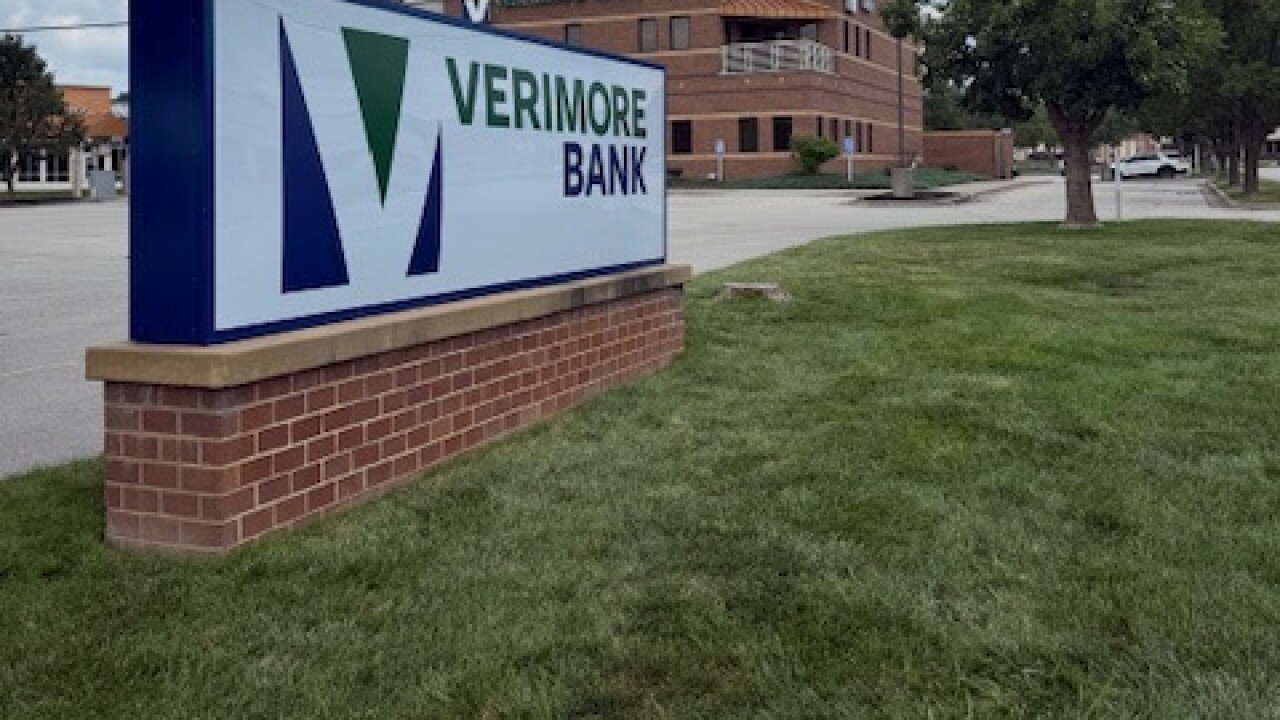Merchant cash advance (MCA) is a common form of alternative lending that many ISOs and agents offer to supplement their income.
MCAs have many benefits, but also carry high risk. Ideally, the MCA industry should be regulated by the federal and all state governments so that there can be a healthy balance between the expectations of all parties involved as well as an end to financially harmful tactics.
MCA lenders offer as low as $1,000 and as high as $500,000. It is not uncommon for a few lenders to pool their funds and offer amounts as high as $2 million.
Underwriting criteria are more relaxed than banks for several reasons.
First, MCA lenders do not have to abide by stringent banking rules and regulations because alternative lending is not yet fully regulated. And unlike financial institutions, MCA lenders do not base their decision primarily on the borrower’s personal credit score. Also, tax liens and discharged bankruptcies may be overlooked.
Other factors such as credit card processing volume, gross sales, and the lender’s ability to collect on a daily basis are taken into consideration.
Funds could be delivered very quickly between 3-5 days after the initial submission date of an application. Upon successful repayment, renewals can be funded usually within 24 hours.
Up-to-date balance sheet and other accounting records of the business are not usually required for advances close to and less than $50,000.
Some MCA lenders consider lending to seasonal and high-risk businesses. Unlike banks, existing personal and business loan and home mortgage obligations do not result in an automatic decline.
Payments are made on a daily basis and with a predetermined amount or percentage of the daily gross or credit card transactions volume.
MCA costs far more than a regular bank loan. However, when banks turn down the vast majority of loan applications, the MCA can make the difference between staying in or going out of business for a person in dire need.
If the cash advance will result in a healthy return, the extra cost may well be justified. Merchants lose money daily if they do not have the funds to grow, invest in inventory and equipment, pay the bills on time, pay off taxes, and (potentially) incur tax liens that could adversely affect the borrowers’ and the D & B scores.
But there are some cons to this type of lending.
Merchants must account for their daily fluctuations in cash flow and make sure their bank account will have sufficient funds to make the daily payment.
Because the term “loan” is not used, MCA lenders operate within an unregulated industry and with near-absolute impunity that can confer disadvantages to borrowers through widely-practiced sales misrepresentations and misunderstandings. Agents and brokers are not allowed to use the term “interest rate” because its use is reserved for a traditional loan that is within a heavily regulated banking industry.
Sadly, many MCA lenders use the term loan because they know merchants are more receptive to it and may think it is a low-cost offering. The terms reserved on the cost of an MCA is “factor” because MCA lending involves purchasing future receivables instead of offering a loan.
MCA always has a short-term payback period ranging from three months to 12 months. Only few MCA lenders are now offering longer terms. Although helpful, a short term can place a strain on the business’ ability to climb up toward profitability.
The overall cost increases with a shorter-term MCA. For example, a factor of 1.35 on and advance of $10,000 is equivalent to $3,500. If the term is 12 months, the cost (converting it to interest rate) is presumably 35%. But the true interest rate is higher.
Other fees may be involved too. These may be one or all of the following: application fee, origination fee, closing fee, assessment fee, inspection fee, etc.
A lower payback period pushes the actual interest rate higher and through the roof.
MCA lenders usually do not offer an early payoff discount. So, prepayment will result in even higher return to the lender and cost to merchants. For example, if the borrowed amount is $10,000 for 12 months at a factor of 1.35, the total payback amount will be $13,500. If borrowing a new round at $10,000 on the ninth month with the remaining balance of, let’s say, $3,000, the lender will have advanced to the merchant the amount of $10,000 minus the $3,000, or $7,000. The full return of $3,500 on $10,000 in nine months creates further windfall to the lender and increased cost to the merchant.
In the above example, which does happen very frequently, the unnoticed and hidden truth is that many MCA lenders to not pay their agent the full commission on the renewal advances. This is called double dipping: they charge the merchant the full cost on the funded amount of $10,000 while paying the broker the commission only on the net funded amount of $7,000. Double dipping may or may not be illegal. Nonetheless, it is a dishonest and unscrupulous practice by most MCA lenders that should voluntarily stop immediately.
Higher cost does not strip an MCA of its value. On the contrary, because banks have stringent guidelines and are risk averse, the willingness of non-traditional lenders to take higher risks makes the cash available. Higher risk deserves higher reward. However, it is important to know all the fees and terms so there will be a more level playing field for merchants and agents alike, both of whom deserve to be well informed so they could make intelligent and sound decisions they will not regret.
Alex Nouri is president of EFT Direct.





